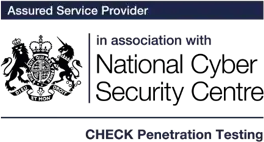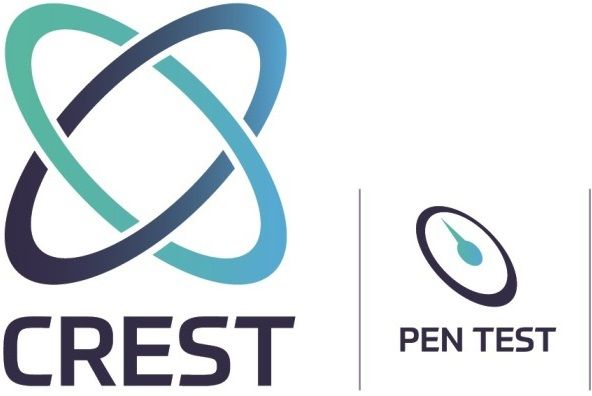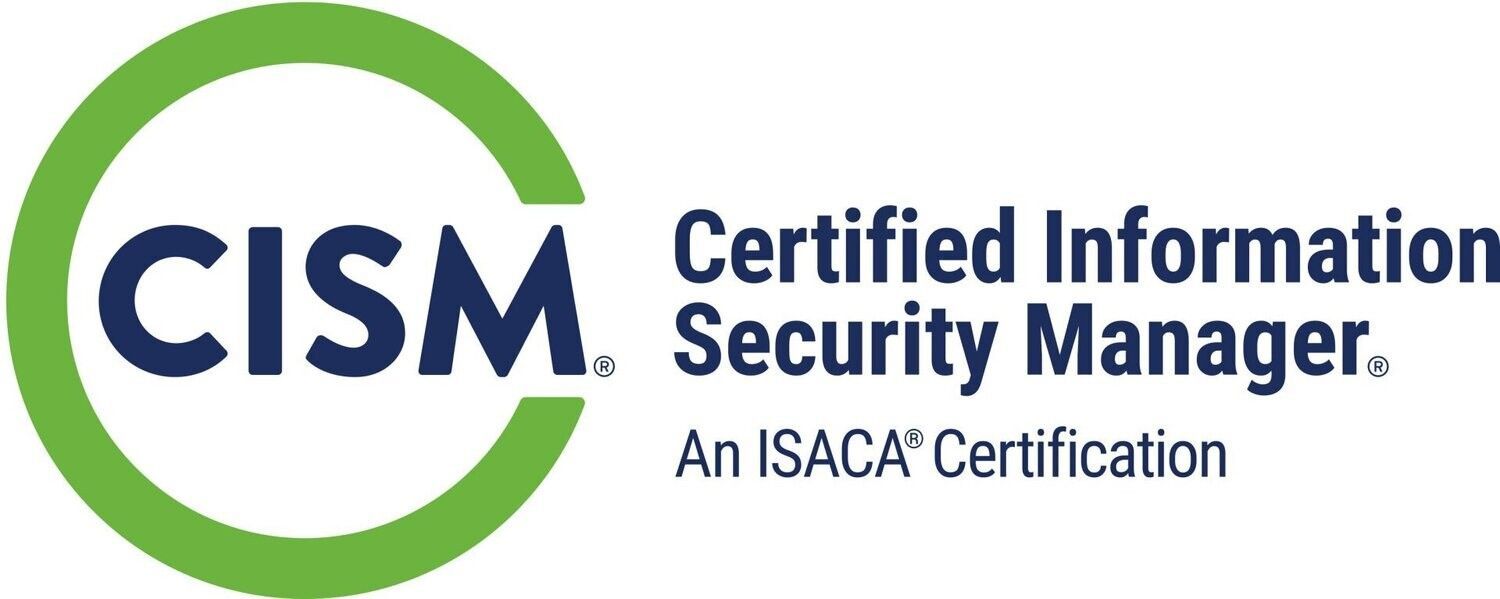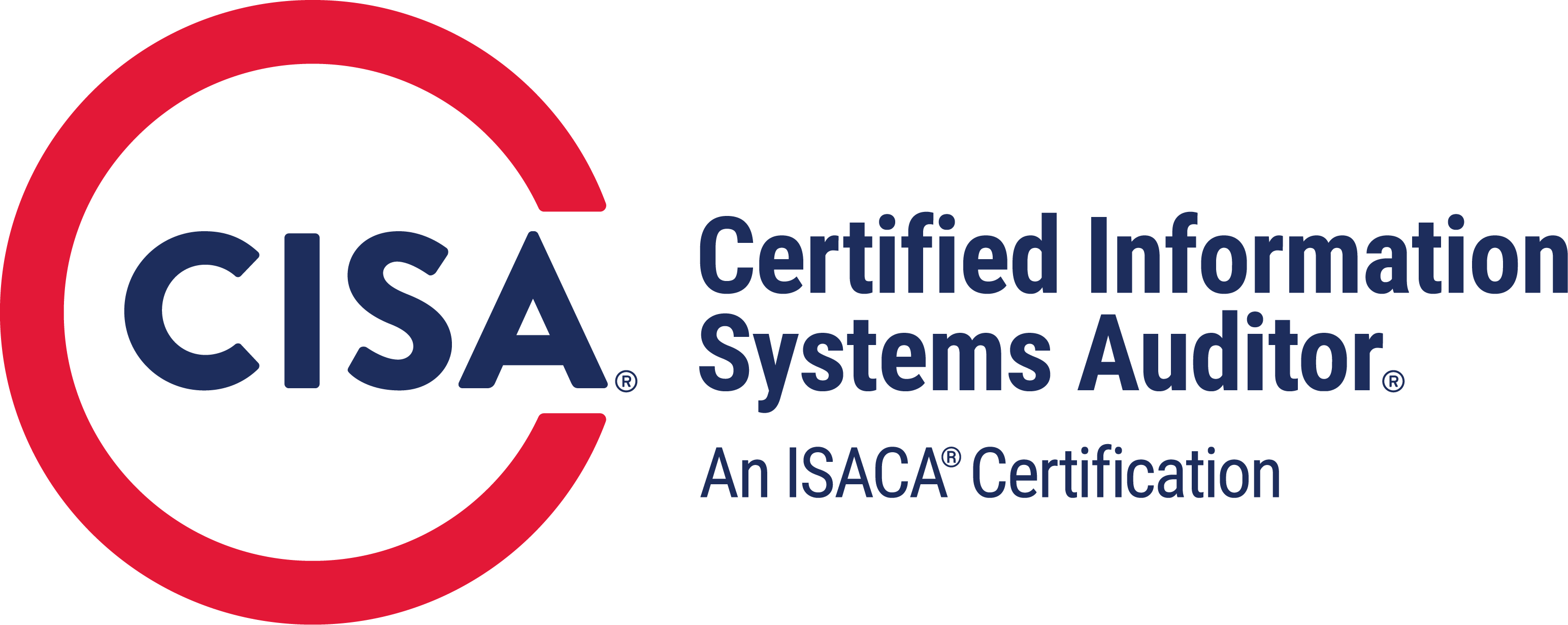Salus has provided an excellent level of service to DEFRA and could not be happier with the levels of engagement, skill sets, performance and capability of the Salus team. I would certainly recommend them as a supplier for security testing and other capabilities.
Department for Environment, Food & Rural Affairs












